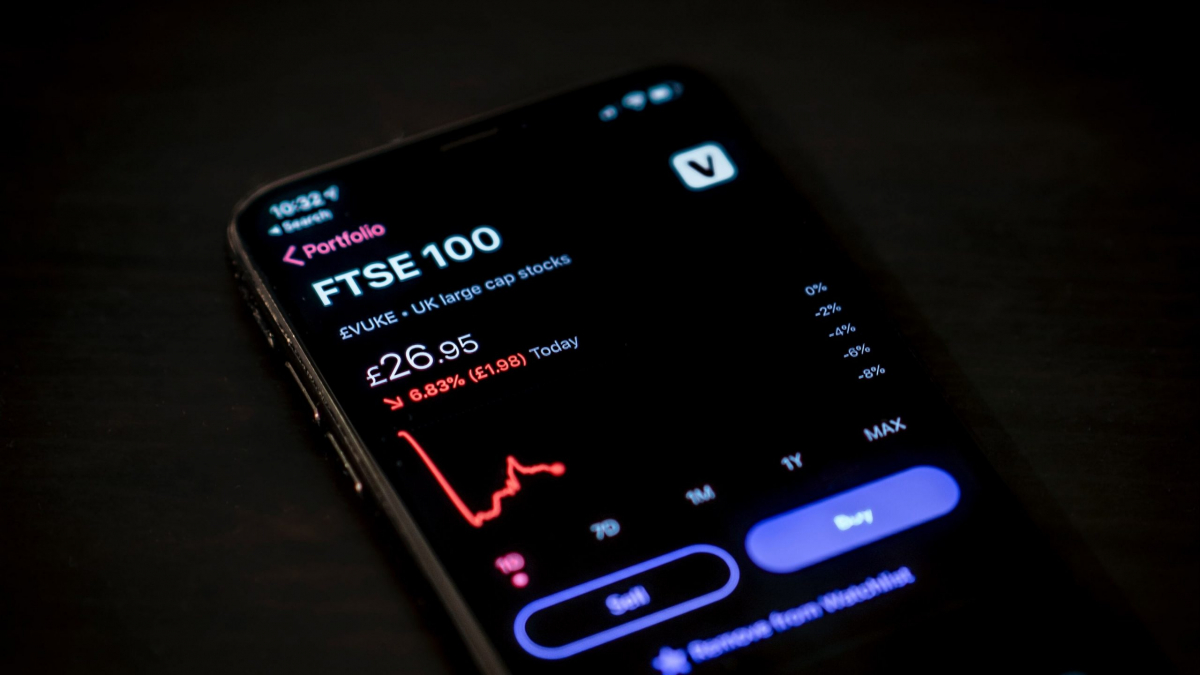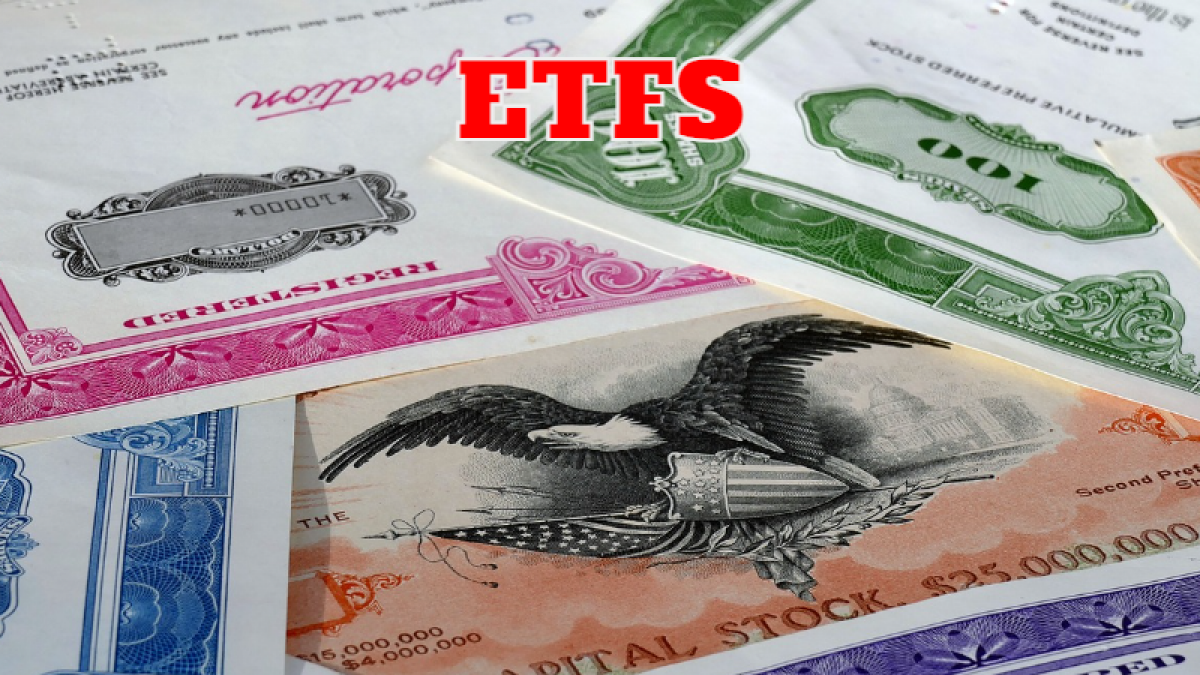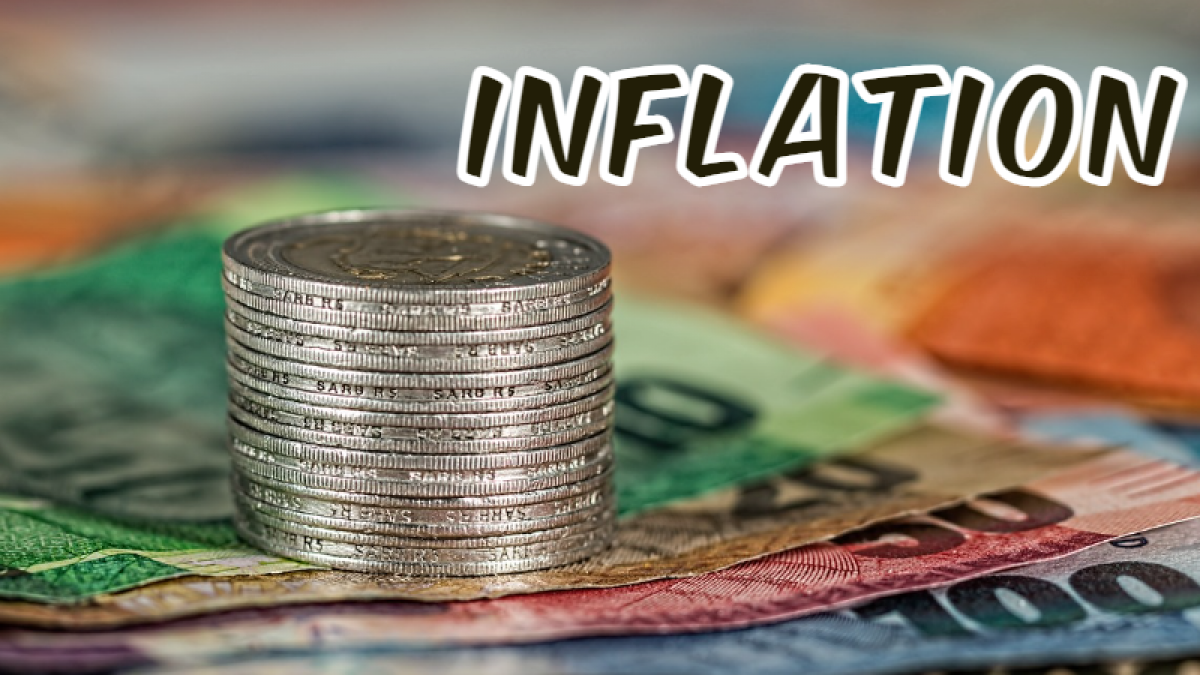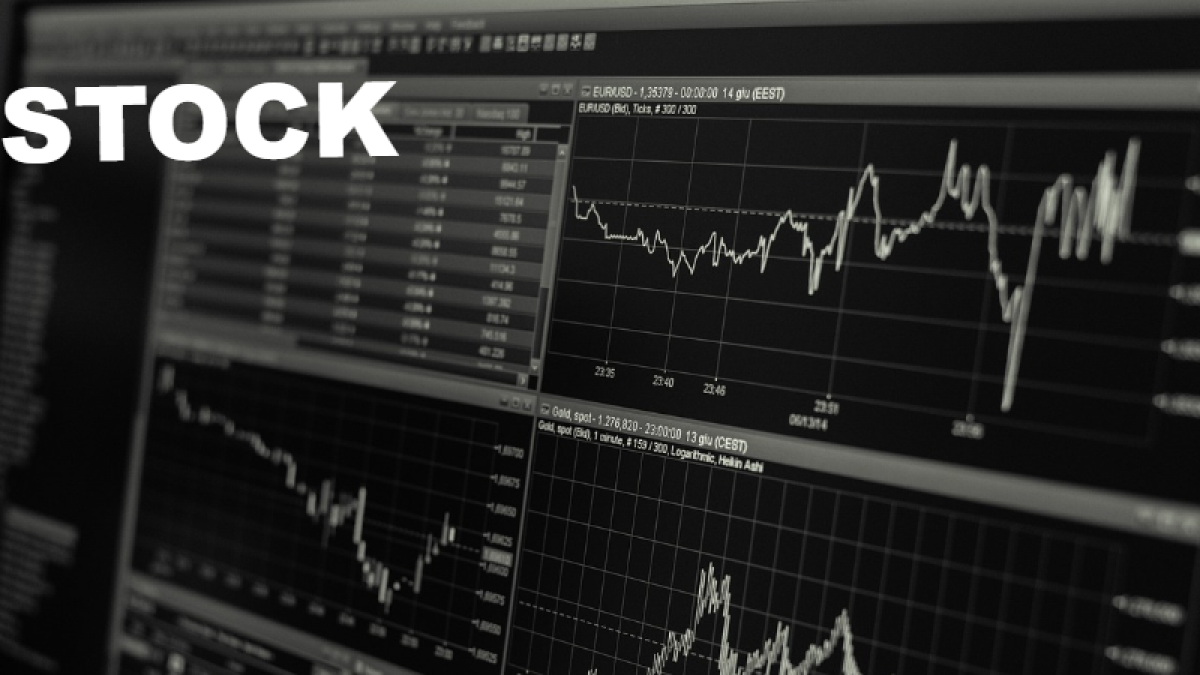In recent years, blockchain technology has been hailed as a revolutionary way to secure digital transactions, store data, and much more. But what exactly is blockchain, and how does it work? In this article, we’ll cover everything you need to know about blockchain, from the basics of the technology to the different types of blockchain platforms, the pros and cons of cryptocurrency, and the security and regulation of this emerging technology. So if you’ve been wondering what blockchain is and how it works, keep reading!
Table of Contents
- Introduction to Blockchain
- What is Cryptocurrency?
- How Does Blockchain Work?
- Benefits of Blockchain
- Types of Blockchain Platforms
- How to Invest in Cryptocurrency
- The Pros and Cons of Cryptocurrency
- Popular Cryptocurrencies – Bitcoin, Ethereum, and Litecoin
- Security and Regulation of Cryptocurrency
- Conclusion
Introduction to Blockchain
At its core, blockchain is a decentralized, distributed ledger of digital transactions. It’s a way of securely storing data and tracking changes over time, without relying on a centralized authority. Blockchain is immutable and tamper-proof, meaning that the data it stores is protected from manipulation and unauthorized access.
The technology is powered by a network of computers that work together to verify and secure digital transactions. This network is known as a “distributed ledger,” and it’s made up of individual “blocks” of data that are connected to each other in a chain. Each block contains a timestamp, a cryptographic hash of the previous block, and transaction data. This makes it impossible to modify any part of the chain without invalidating the entire chain.
Blockchain technology is being used in a variety of industries, from finance to healthcare. It’s used to securely store and transfer data, create smart contracts, facilitate digital payments, and much more.
What is Cryptocurrency?
Cryptocurrency is a digital currency that is powered by blockchain technology. It’s a type of digital asset that can be used for buying and selling goods and services online. Cryptocurrency is decentralized, meaning that it’s not controlled by any government or financial institution. It’s also encrypted, so it’s secure and private.
Cryptocurrency is created using a process known as “mining.” This involves using powerful computers to solve complex mathematical problems. As a reward for their work, miners are awarded with cryptocurrency.
The most popular form of cryptocurrency is Bitcoin, but there are many other types, such as Ethereum, Litecoin, and Ripple.
How Does Blockchain Work?
As mentioned earlier, blockchain is a decentralized, distributed ledger of digital transactions. It’s powered by a network of computers that work together to verify and secure digital transactions.
When a transaction is made, it’s first broadcast to the network of computers. These computers then use complex algorithms to validate the transaction and ensure that it’s legitimate. Once the transaction is verified, it’s encrypted and stored in a “block.” This block is then added to a “chain” of other blocks, and the transaction is complete.
The blockchain is immutable, meaning that it cannot be changed or tampered with. This ensures that the data stored on the blockchain is secure and protected from manipulation.
Benefits of Blockchain
Blockchain technology offers a number of benefits, including:
- Increased security: As mentioned earlier, blockchain technology is immutable and tamper-proof, meaning that the data it stores is secure and protected from manipulation.
- Transparency: All transactions are stored on the blockchain, which means that they’re visible to anyone with access to the network. This increases transparency and accountability.
- Efficiency: Because blockchain technology is decentralized, it eliminates the need for middlemen, which reduces costs and speeds up transactions.
- Cost savings: Blockchain transactions are generally cheaper than traditional transactions, as they don’t require a middleman.
Types of Blockchain Platforms
There are a number of different types of blockchain platforms, including public blockchains, private blockchains, and hybrid blockchains.
Public blockchains are open and accessible to everyone. They’re decentralized, meaning that no one has control over them. Examples of public blockchains include Bitcoin and Ethereum.
Private blockchains are controlled by a single organization or entity. They’re often used by companies to securely store and transfer data.
Hybrid blockchains are a combination of public and private blockchains. They offer the benefits of both public and private blockchains.
How to Invest in Cryptocurrency
If you’re interested in investing in cryptocurrency, the first step is to research the different types of cryptocurrencies, such as Bitcoin, Ethereum, and Litecoin. Once you’ve chosen a cryptocurrency to invest in, you’ll need to open an account on a cryptocurrency exchange. You’ll then need to fund your account and purchase the cryptocurrency you’ve chosen.
It’s important to remember that investing in cryptocurrency is a high-risk endeavor and you could lose all of your money. It’s important to do your research and understand the risks before investing.
The Pros and Cons of Cryptocurrency
Cryptocurrency has a number of benefits, including:
- Increased security: Cryptocurrency transactions are encrypted, meaning that they’re secure and protected from manipulation.
- Transparency: All cryptocurrency transactions are stored on the blockchain, which means that they’re visible to anyone with access to the network.
- Speed: Cryptocurrency transactions are generally much faster than traditional transactions.
- Cost savings: Cryptocurrency transactions are generally much cheaper than traditional transactions, as they don’t require a middleman.
However, there are also some drawbacks to investing in cryptocurrency, including:
- Volatility: Cryptocurrency prices can be extremely volatile, meaning that your investment could lose value quickly.
- Lack of regulation: Cryptocurrency is not regulated by any government or financial institution, meaning that it’s vulnerable to manipulation and fraud.
- Tax implications: Investing in cryptocurrency can have tax implications, as you may be required to pay taxes on any profits you make.
Popular Cryptocurrencies – Bitcoin, Ethereum, and Litecoin
Bitcoin is the most popular and widely used cryptocurrency. It was created in 2009 and is the most valuable cryptocurrency in the world, with a market capitalization of over $350 billion. Bitcoin is used for a variety of purposes, including buying and selling goods and services online.
Ethereum is the second most popular cryptocurrency. It was launched in 2015 and has a market capitalization of over $230 billion. Ethereum is used to create “smart contracts”, which are computer programs that can be used to automate certain tasks.
Litecoin is the third most popular cryptocurrency. It was launched in 2011 and has a market capitalization of over $15 billion. Litecoin is used for a variety of purposes, including buying and selling goods and services online.
Security and Regulation of Cryptocurrency
Cryptocurrency is not regulated by any government or financial institution, meaning that it’s vulnerable to manipulation and fraud. This is why it’s important to do your research and understand the risks before investing in cryptocurrency.
In addition, it’s important to take security measures to protect your cryptocurrency. This includes using strong passwords, two-factor authentication, and storing your private keys securely.
Conclusion
In conclusion, blockchain is a revolutionary way to store and transfer data securely. It’s used in a variety of industries, from finance to healthcare. Cryptocurrency is a type of digital asset that is powered by blockchain technology, and it’s used for buying and selling goods and services online.
Blockchain technology offers a number of benefits, including increased security, transparency, efficiency, and cost savings. However, there are also some drawbacks to investing in cryptocurrency, including volatility, lack of regulation, and tax implications.
It’s important to do your research and understand the risks before investing in cryptocurrency. In addition, it’s important to take security measures to protect your cryptocurrency.
Blockchain technology is an exciting new development and is sure to continue to be a game-changer in the years to come. If you’ve been wondering what blockchain is and how it works, hopefully this article has cleared some things up.
Ready to dive in and learn more about blockchain and cryptocurrency? Get started today!







